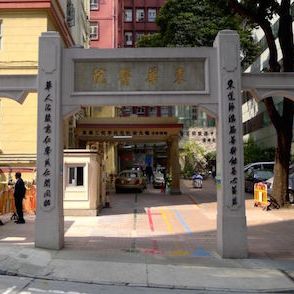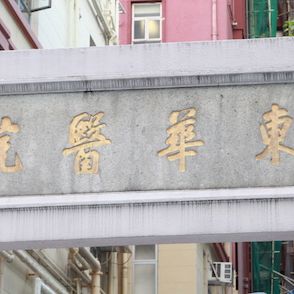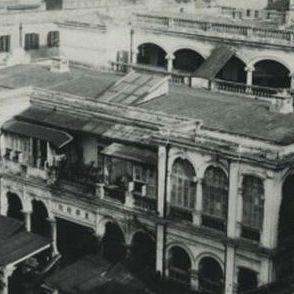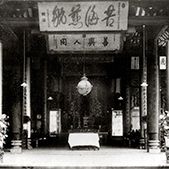
Cradle of Hong Kong medical care



- 12 Po Yan Street 普仁街
- Tung Wah is an operational hospital, public viewing not encouraged
- +852 2589 8111
- Website
Chinese medical service

When the situation at the temple of 100 names got completely out of control, local community leaders came together to raise money to build a hospital based on the practice of Chinese medicine to cater for the fast growing Chinese community, of which many were suspicious of Western medicine, especially surgery. In 1869 Governor Richard MacDonnell granted money and a piece of land in the middle of the Chinese enclave at Po Yan Street even though many in the government were rather sceptical about the benefits of Chinese medicine. The hospital opened in 1872 and to avoid things getting out of hand again, the authorities laid out strict rules constraining drinking, and worshipping practices in the hospital.
Hand in hand
The hospital soon became very popular. When, during the time of the plague, the effectiveness of Tung Wah’s services was scrutinised, a Chinese doctor practising Western medicine was added to the staff to give patients a choice. Ever since, traditional Chinese and Western medicine have co-existed here. For example, there is a western pharmacy next to a Chinese herbal medicine counter. In fact, thanks to an anonymous donor, herbal medicine has been provided free of charge since 1922.
For a short time after World War II, the authorities again banned Chinese medicine practice altogether, but gradually the hospital has reintegrated the two different practices and these days, the two disciplines operate hand-in-hand.
Tung Wah Hospitals Group
From these humble beginnings at Po Yan Street, Tung Wah has grown into the biggest charitable institution in Hong Kong. The Tung Wah Group consists of three hospitals, many schools, orphanages and other social services.
Nice to know
Po Yan Street was originally named ‘Tombs Street’, during the period when the Hong Kong Government had no policy for funeral procedures and Chinese were simply buried in the hillside.
